Climate and temperature change can negatively impact fish reproduction and endanger successful breeding and survival in fisheries and aquaculture
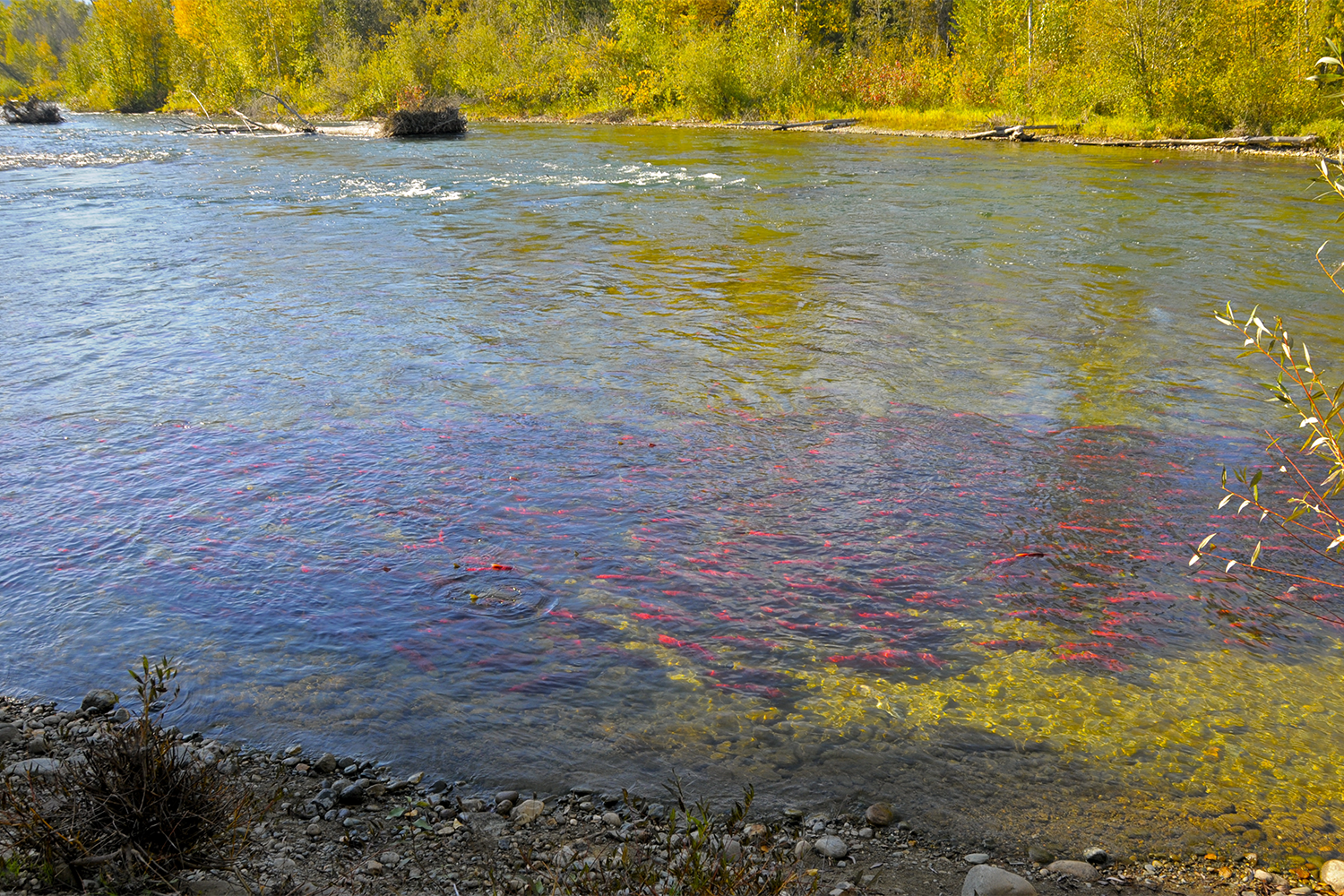
Climate change affects the physiologies, patterns of growth, and behaviors of aquatic organisms, which in turn reduces their geographic distribution and abilities for reproduction. This ultimately results in mortality, changing the ocean fish population composition, production efficiency and functionality of aquatic ecosystems.
Fish, being poikilothermic [cold-blooded organisms, those with a variable body temperature that fluctuates with and is similar to or slightly higher than the temperature of its environment], are influenced by asymmetric climatic events affecting a range of factors, from metabolism to behavior, and the process of evolution. Temperature change may lead to biodiversity loss, affecting the global fish stocks, having socio-economic consequences, and causing an increase in nutritional hunger.
Ongoing environmental changes, combined with the disturbance of breeding grounds, may endanger successful breeding and survival, and thus the ability to maintain viable sustainability. Sexual reproduction, being an important and energy-intensive process for species survival and evolution in fish, is reliant on specific environmental cues that trigger and regulate sexual maturation, breeding and offspring survival.
This article – summarized from the original publication (Mitra, A. et al. 2023. Climate Change and Reproductive Biocomplexity in Fishes: Innovative Management Approaches towards Sustainability of Fisheries and Aquaculture. Water 2023, 15(4), 725) – reviews the biocomplexity of fish reproduction in response to climate change and some proposed innovative solutions.
Climatic change effects on fish reproduction
In the last few decades, alterations have been made in the classification and recording of relevant events in the reproduction of organisms, in particular those that are cold-blooded. As in other vertebrates and invertebrates, these climate asynchronous changes potentially affect population dynamics, community structure, ecosystem processes, and the stability of ecosystems by changing recruitment success, impacting on mismatches between phytoplankton blooms and fish spawning phenology (phenology is the study of periodic events in biological life cycles and how these are influenced by seasonal and interannual variations in climate, as well as habitat factors).
The long-term assessment of the influence of climate has shown that precipitation, critical temperatures, and fish mortality rates were the main drivers of species abundance shifts. The evidence of climate change on sex ratio, gonadal differentiation, gametogenesis, gametes quality, embryonic activity, reproductive cycle, sexual behavior, and recruitment success has been extensively reported (Fig. 1).
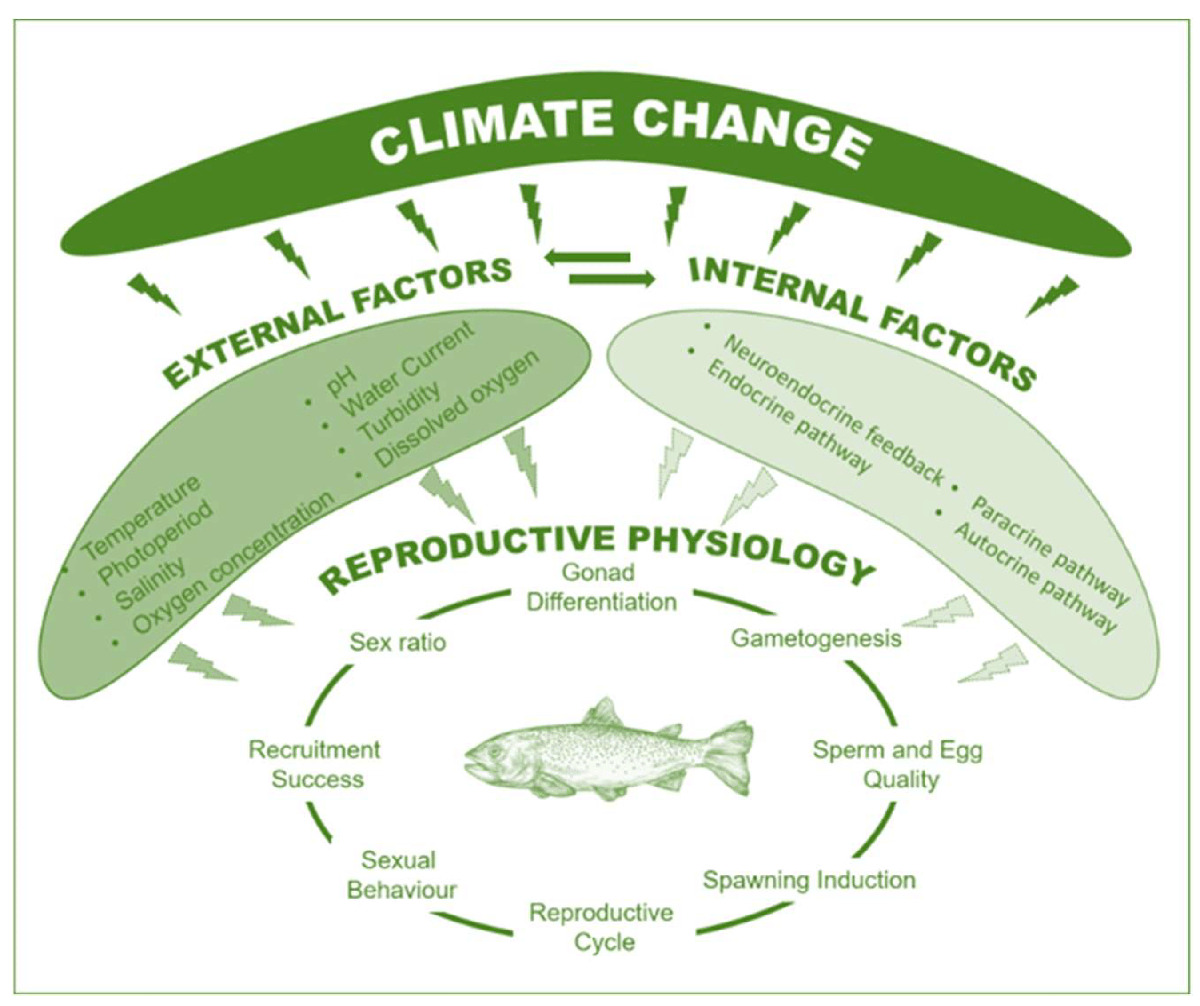
Thus, under the changing climate scenario, knowledge of the interaction between different environmental variables that regulate the functioning of the brain-pituitary-gonad axis is critical for predicting ecological phenomena related to natural fish populations and controlling captive fish breeding. The central nervous system is known to play a critical role in the combination of various external (environmental) and internal (hormonal) signals that regulate reproduction via reaction-rate-determining effects on hormone synthesis and action, as well as effects on hormone structure (Fig. 2). The sensory system influences the hypothalamus, which appears to be the most important brain area for controlling vertebrate reproductive processes and behaviors.
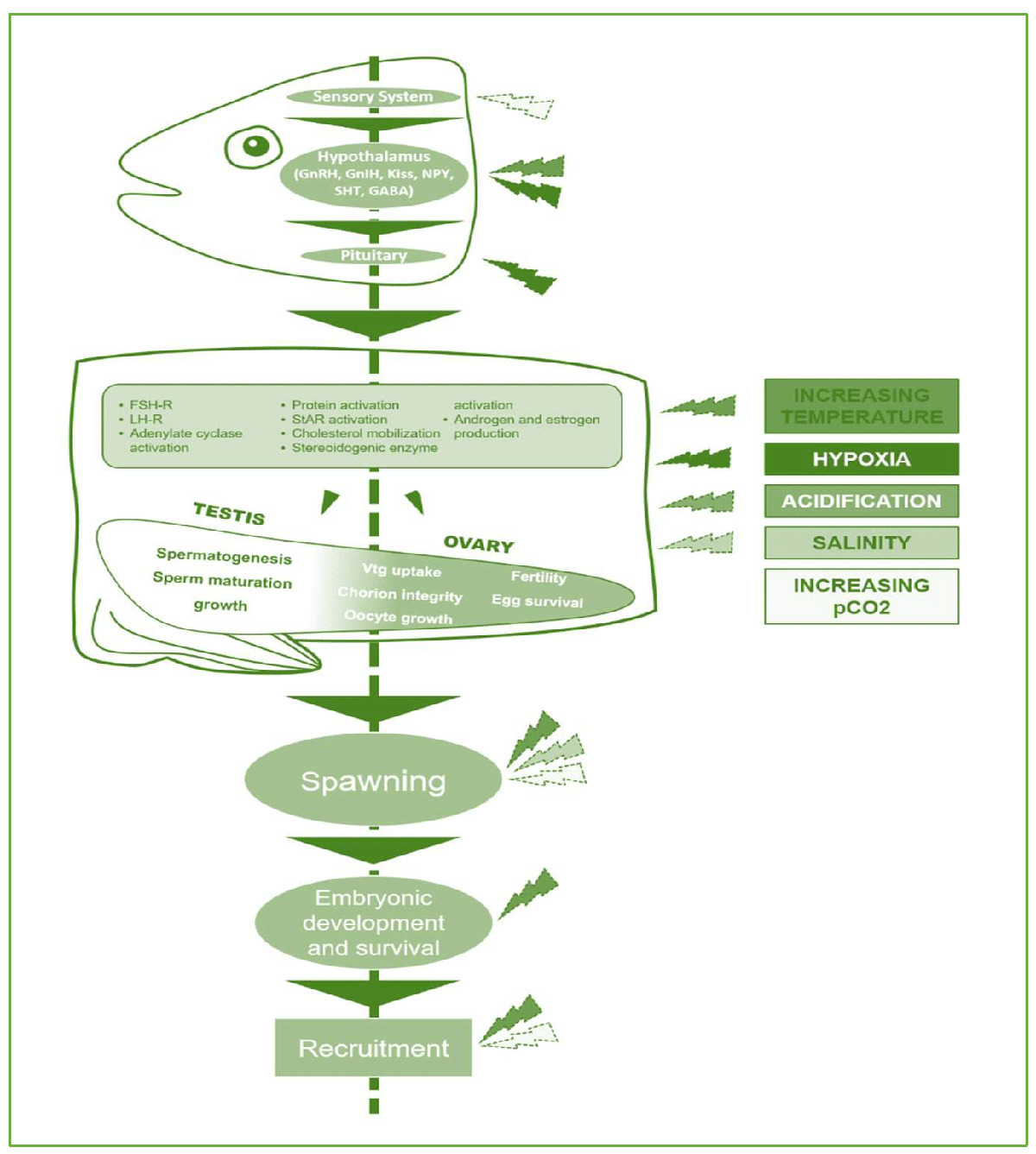
Additionally, various studies suggest that ocean acidification affects the circadian [a natural oscillation that repeats roughly every 24 hours] system, which may lead to downstream modifications in the control of neuroendocrine regulation of fish reproduction. Changes in salinity can have an impact on fish spermatogenesis and testicular homeostasis, affecting gonadal cell proliferation and male nesting behavior in marine fish. The synergistic effect of freshwater salinization and rising temperatures results in complex interactions with significant implications on the physiological responses of freshwater fishes and contributes to a growing body of research documenting complex multiple-stressor interactions. The ability for genetic adaptation to rapid climate change in fish is, however, affected by a number of factors, including adaptive genetic variation, effective population numbers, generation times and connectivity across populations that might promote the spread of tolerant genotypes.
Climate change and solutions towards sustainability
Scientists are working to manage fisheries and aquaculture at appropriate spatial and temporal scales, using an integrative approach to limit the impact of climate change on fish reproductive biocomplexity. Biocomplexity is a study of the complex structures and behaviors arising from dynamic, non-linear interactions of active biological agents, with a hierarchical structure that integrates control processes and feedback mechanisms.
Researchers have linked several different elements in an effort to formulate an understanding of the complex natural environment of the fishery and its use. These elements include knowledge of the fishing area used by the fishermen, and their knowledge of the biology and ecology of specific species, as well as their local ecological knowledge based on various biological studies of fish.
Understanding these factors is very important, and crucial to the process of moving fishery and aquaculture systems towards improved management and sustainability. Additionally, understanding how various environmental factors interact to govern the reproductive axis in fish is also crucial for understanding and forecasting ecological phenomena relating to fish populations, as well as for potential applications in the management of captive fish breeding.
Scientists tap supercomputer to understand the impact of climate change on fisheries
Climate vulnerability assessments should be conducted as part of a future fisheries management framework, according to studies in recent years. Adaptation planning on the cusp of climate change can provide a rapid appraisal approach to understanding vulnerabilities. In recent years, some new approaches have gained enormous importance as a participatory framework for carrying out climate profiling and data-limited assessments that adapt to changes in stock status, to increase the number of fisheries that can implement multispecies management to improve their performance.
It is critical to monitor long-term demographic responses to climate change to protect vulnerable fish populations. The rate of climate change frequently outpaces the average rate of evolutionary change. Recent meta-analyses suggest that species with adaptive phenotypic responses may be evolving too slowly to keep pace with climate change. Therefore, monitoring numerous responses, and comprehending their limitations, is essential for efficient resource management and endangered species preservation.
Distinguishing the effects of climate change from the effects of poor management is difficult because, for example, recruitment failure can be caused by both poor environmental conditions and a small spawning stock size. Utilizing a cluster or area-based approach can help assure the improvement of traditional fisheries, trade, social protection of inland people and environmental sustainability. The development of adaptation techniques, such as the breeding of climate-resilient or saline-resistant species, could benefit from research on predictive modeling and supercomputing tools.
Monitoring and sustainability
Temperature influences biochemical reactions and metabolic rates, having an impact on the amount of energy available for growth, foraging, and reproduction. As a result, understanding the physiological and molecular responses used by fish to cope with ocean warming is essential. In the eco-physiology field, the health of wild and cultured fish has been monitored with several parameters such as oxidative stress and the resulting physiological response.
Several physiological responses are closely dependent on how fish use antioxidants to counteract oxidative stress due to rising temperatures. As a consequence, measurements of antioxidative biomarkers may detect the presence of some environmental stressors more quickly and specifically, allowing an early estimation of the damage.
Non-invasive procedures can be applied to large numbers of animals and also can be used for repeated assessments without negatively impacting the population of the selected biological species. For example, the redox skin biopsy status evaluation is based on an epithelial cell-removal procedure that does not require animal sacrifice, avoiding ethical issues. It provides the adequate biological material needed for biochemical and molecular antioxidative assays, extensively used on several organisms. In fish, the skin biopsy method has been validated on numerous fishes such as the Atlantic salmon, rainbow trout, walking catfish and several others. This method allows the detection of the activity of antioxidant enzymes and enables an assessment of various oxidative damage biomarkers.
Non-invasive methods cannot always be used in toxicological studies and in environmental assessments. In fact, other strategies that do not involve specimen euthanasia are applied, and referred to as non-lethal methods, for example, plasma sampling is a widely used technique for investigating health and physiology, and several plasma sampling techniques have been developed.
There is a scarcity of studies using sophisticated methods to investigate climate-driven responses in fish. Therefore, it is essential to conduct more species-specific and environmentally realistic studies to understand future climate change-induced fish ecophysiologies. It is also necessary to select a broader range of stressors and model fish species to understand unexpected outcomes under different climate scenarios. Additional research on non-lethal endpoints to trace stress events in fish is also required. No studies exist that implement a comparative-collective approach to investigating fish stress responses along with life cycles, feeding strategies, or behavioral responses under diverse culture conditions or regimes. So, other than the growth and disease incidence, it is also important to understand the stress response in fishes under climate change conditions.
Assisted reproduction
The approach to protecting declining fish populations through in-situ conservation is the highest priority under the climate change scenario. Hence, scientists have recommended ex situ conservation as an effective means to derive functional gametes to conserve and propagate these valuable germlines through captive breeding.
The development of surrogate broodstock via germ cell transplantation – which produces millions of fish gametes with desirable qualities like growth, disease resistance and fecundity by using just one donor – is one of the most promising methods for ex situ conservation.
Considering that conservation programs often require thousands of new individuals to be produced over many years to successfully support dwindling populations, the application of novel technologies such as germ cell surrogacy is arguably better suited to support large-scale fish conservation efforts than the other methods.
Perspectives
Climate change has generated a great amount of interest in thermal eco-physiology (a biological discipline that studies the response of an organism’s physiology to environmental conditions), since temperature is such an extremely important factor in aquatic environments. Fish are poikilothermic and are unable to regulate their body temperature. Sexual reproduction in fish is strongly reliant on specific environmental cues that trigger and regulate sexual maturation, breeding, and offspring survival. Environmental randomness, combined with disturbances of breeding grounds, may negatively impact reproduction and endanger the successful breeding and survival in fish in fisheries as well as in aquaculture.
Technological advancements using non-invasive and non-lethal monitoring, along with assisted reproduction and nutrigenomics in aquaculture systems, should provide a rapid and innovative appraisal approach towards the establishment of useful protocols for the sustainability of fish resources.
Now that you've reached the end of the article ...
… please consider supporting GSA’s mission to advance responsible seafood practices through education, advocacy and third-party assurances. The Advocate aims to document the evolution of responsible seafood practices and share the expansive knowledge of our vast network of contributors.
By becoming a Global Seafood Alliance member, you’re ensuring that all of the pre-competitive work we do through member benefits, resources and events can continue. Individual membership costs just $50 a year.
Not a GSA member? Join us.
Author
-
Anisa Mitra, Ph.D.
Corresponding author
Department of Zoology, Sundarban Hazi Desarat College, Pathankhali 743611, India[109,111,99,46,108,105,97,109,103,64,97,115,105,110,97,46,97,114,116,105,109]
Related Posts
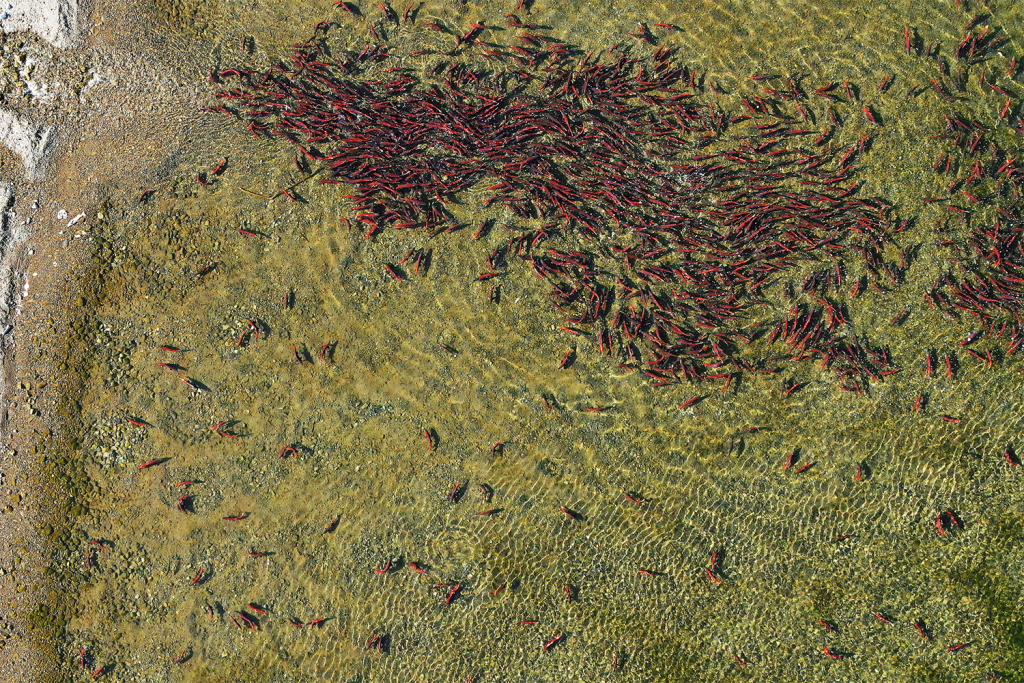
Fisheries
Study: Cold water, diverse survival strategies may be key to Chinook salmon success in a changing climate
Researchers find a strong link between Chinook salmon abundance trends and time spent in relatively cold freshwater and marine habitats.
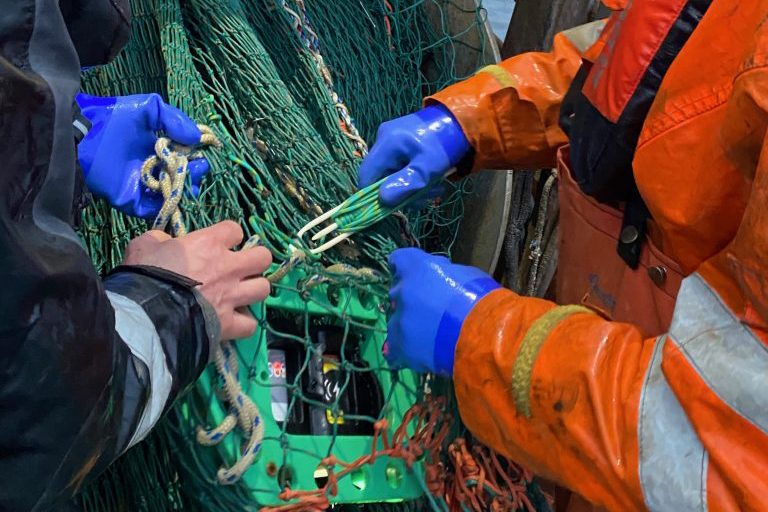
Fisheries
‘A world down below’ – Deeper fishing insights lead to better tools for bycatch reduction
High-tech bycatch reduction devices – data analytics, cameras and sensors – are in play but SafetyNet Technologies says the secret is collaboration.

Fisheries
As Yukon Chinook salmon populations decline, researchers turn to technology for answers
Using drones, researchers seek to better understand where, along an almost 2,000-mile migratory route, things go wrong for Chinook salmon.
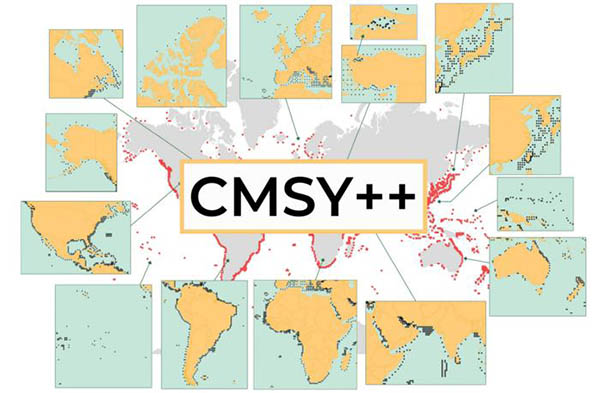
Fisheries
AI-powered, data-limited stock assessment method more accurate than ‘gold standard’ in predicting fisheries catches
AI-powered CMSY methodology requires inputting only catch data to estimate fish stocks and how much fishing pressure can be applied.



